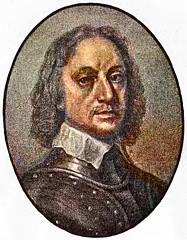O lovely O most charming pug
Thy graceful air and heavenly mug
The beauties of his mind do shine
And every bit is shaped so fine
Your very tail is most divine
Your teeth is whiter than the snow
You are a great buck and a bow
Your eyes are of so fine a shape
More like a christian’s than an ape
His cheeks is like the rose’s blume
Your hair is like the raven’s plume
Your nose’s cast is of the roman
He is a very pretty woman
I could not get a rhyme for roman
And was obliged to call him woman.
— Marjory Fleming, age 8 (1803-1811)



